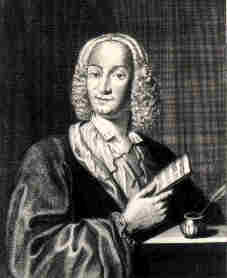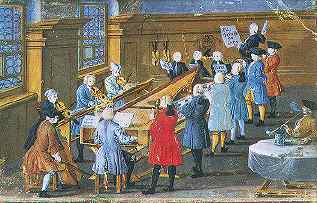While of course there is an enormous amount of instrumental music from before the eighteenth century, many of the works composed before the Baroque era were improvised "folk music" and of that, little survives in a notated form. In the Renaissance there began to appear music intended for instruments, but in most cases it was not comp[osed with a specific instrument in mind. Indeed, Renaissance instrumental works would work just as well for voices. Similarly, the choice of instruments in the Renaissance depended on the context in which the music was played: if it were to be performed outdoors, it would be played by loud instruments such as the double reed instruments; when it was to be performed indoors, it was played on quiet instruments like the recorder or viol. In contrast to the medieval period which pried heterogenous combinations, the Renaissance prized homogenous groups and consequently instruments, like voices, were generally understood to be members of families: each instrument came in soprano, alto, tenor and bass sizes, and often as well contrabass sizes. Compositions for instrumental ensemble were often played by instruments of the same family. (Samples of various recorders)
As can be seen in Monteverdi's orchestra for Orfeo, the Baroque era innaugurated a new approach to instrumental writing and an interest in the use of instruments in serious music. Consequently, composers began writing for these instruments in an idiomatic way.
Some of the earliest distinct instrumental music of the Baroque were small instrumental sonatas to be played in church. Eventually, this genre developed into the concerto. By 1720 the concerto had developed into the genre as it is understood today: a multimovement work for one or more soloists and a larger ensemble. Generally, Baroque concertos are in three movements, ordered fast-slow-fast. In the Classical and Romantic periods there was often an added fourth movement, in deference to the standard form of a Classical era symphony.

Antonio Vivaldi (1678-1741)
